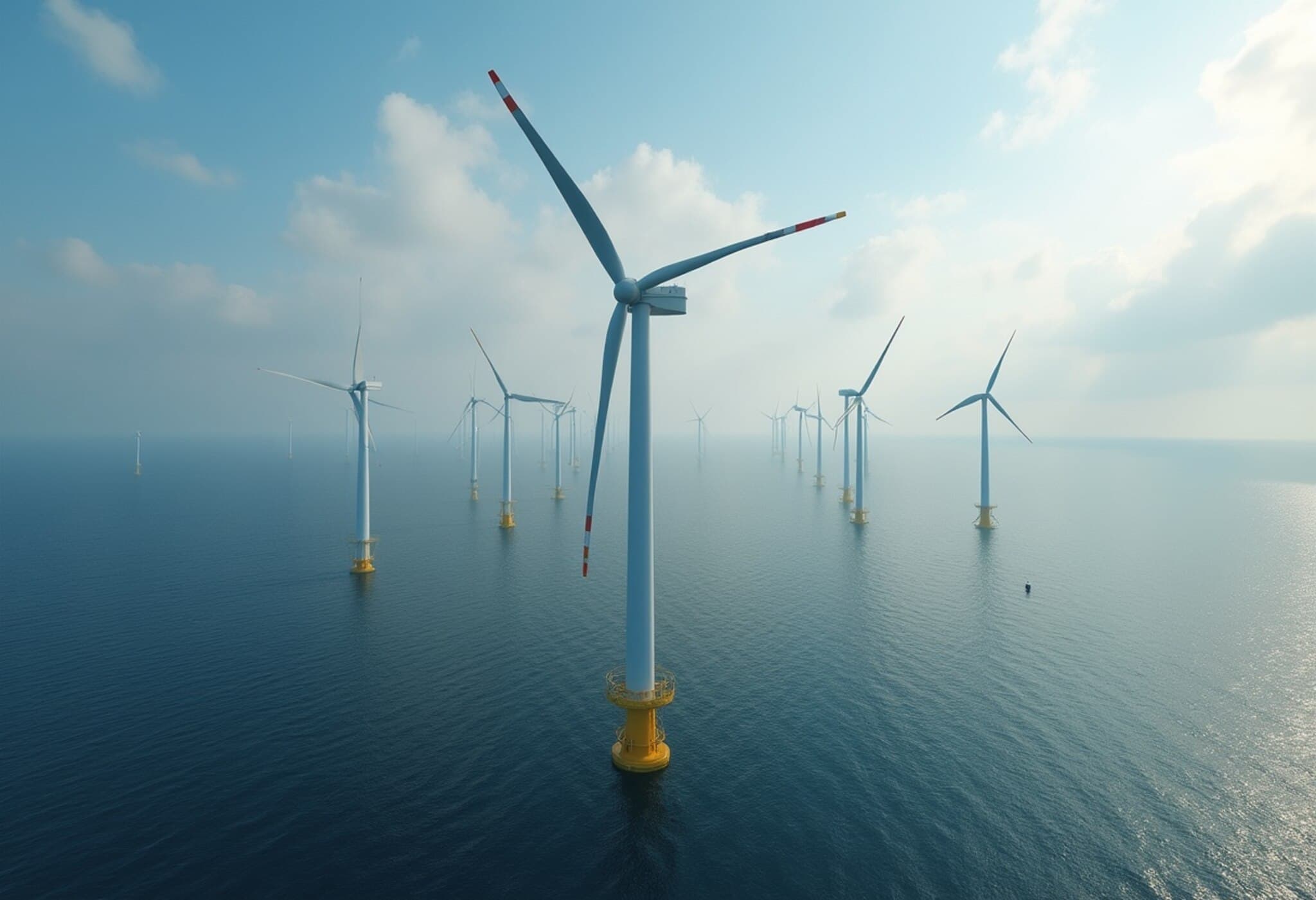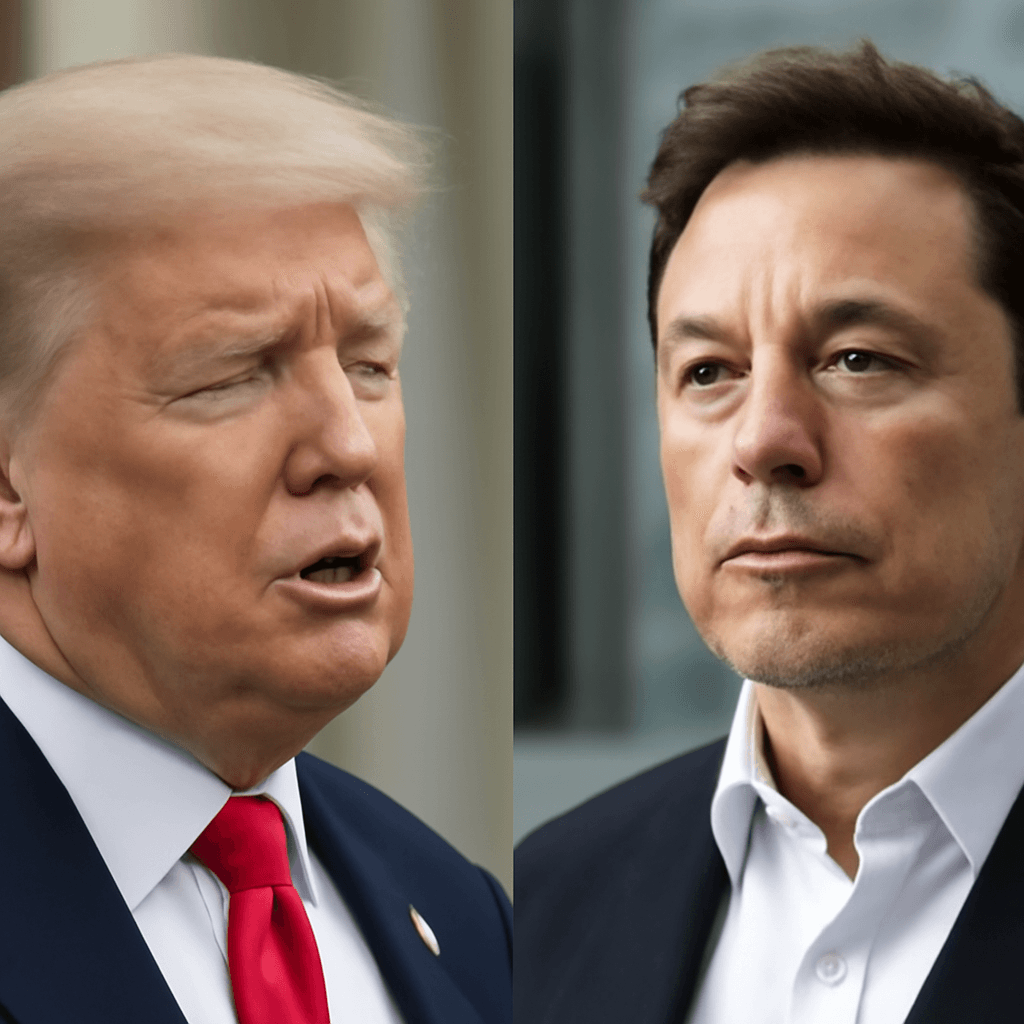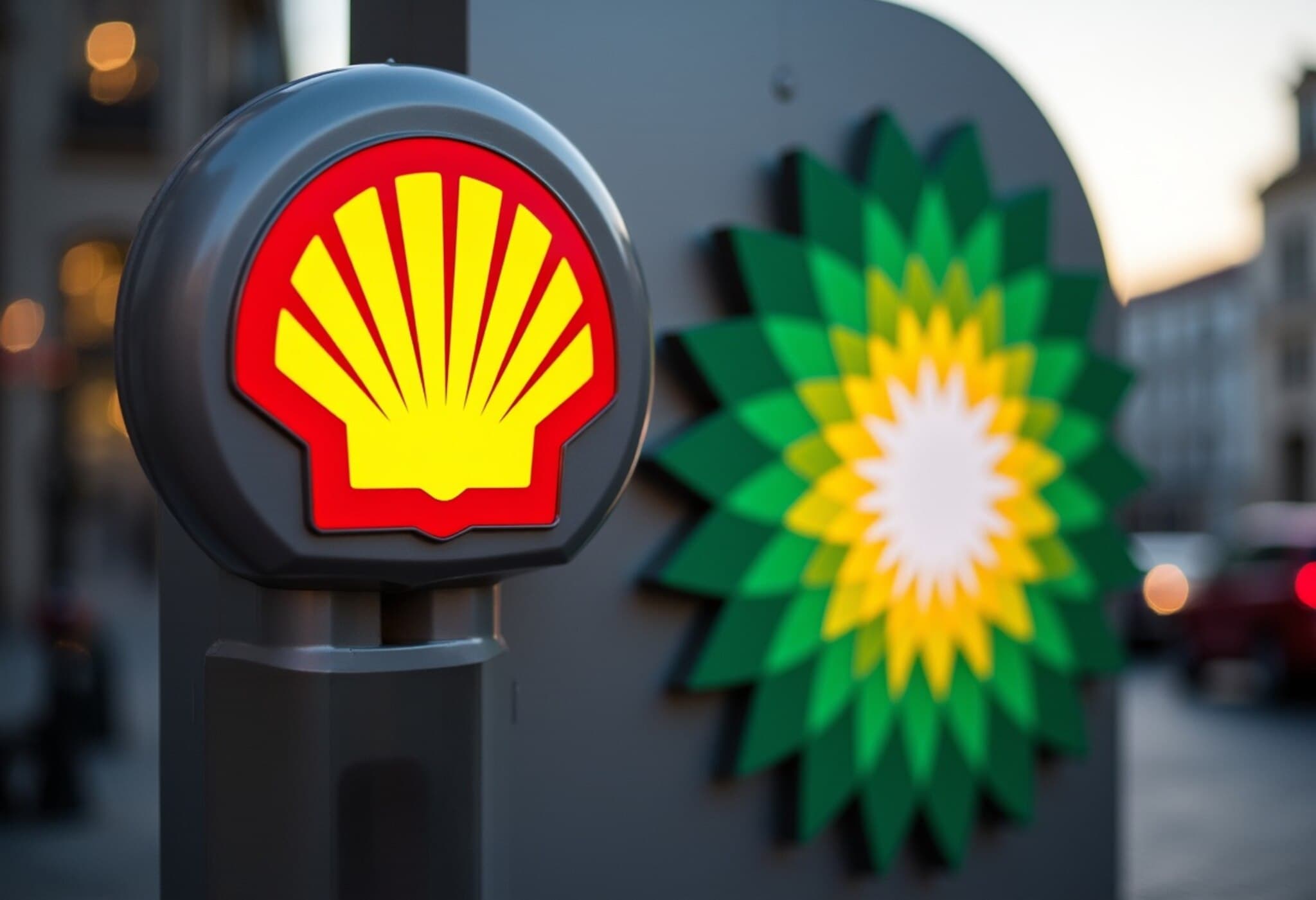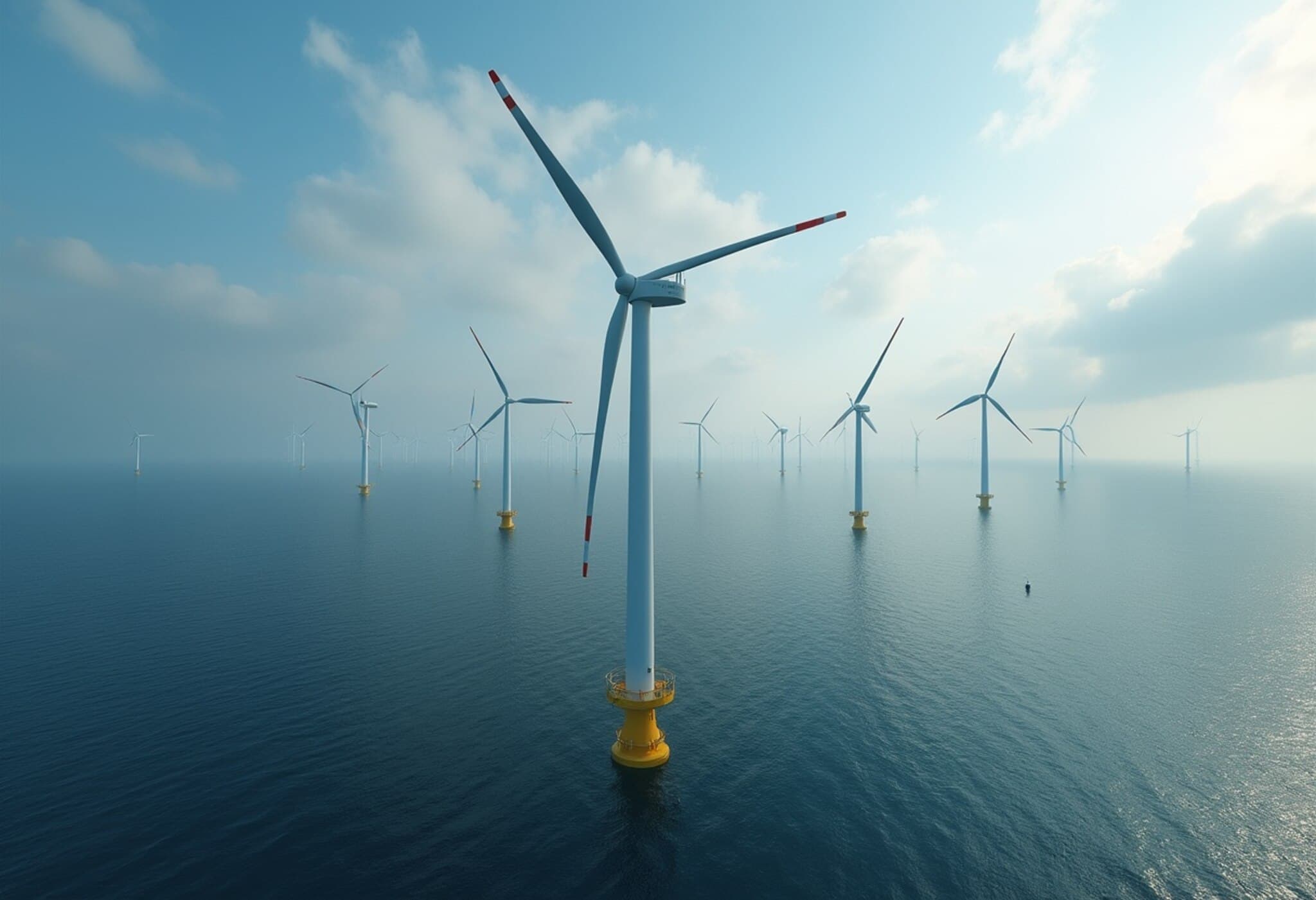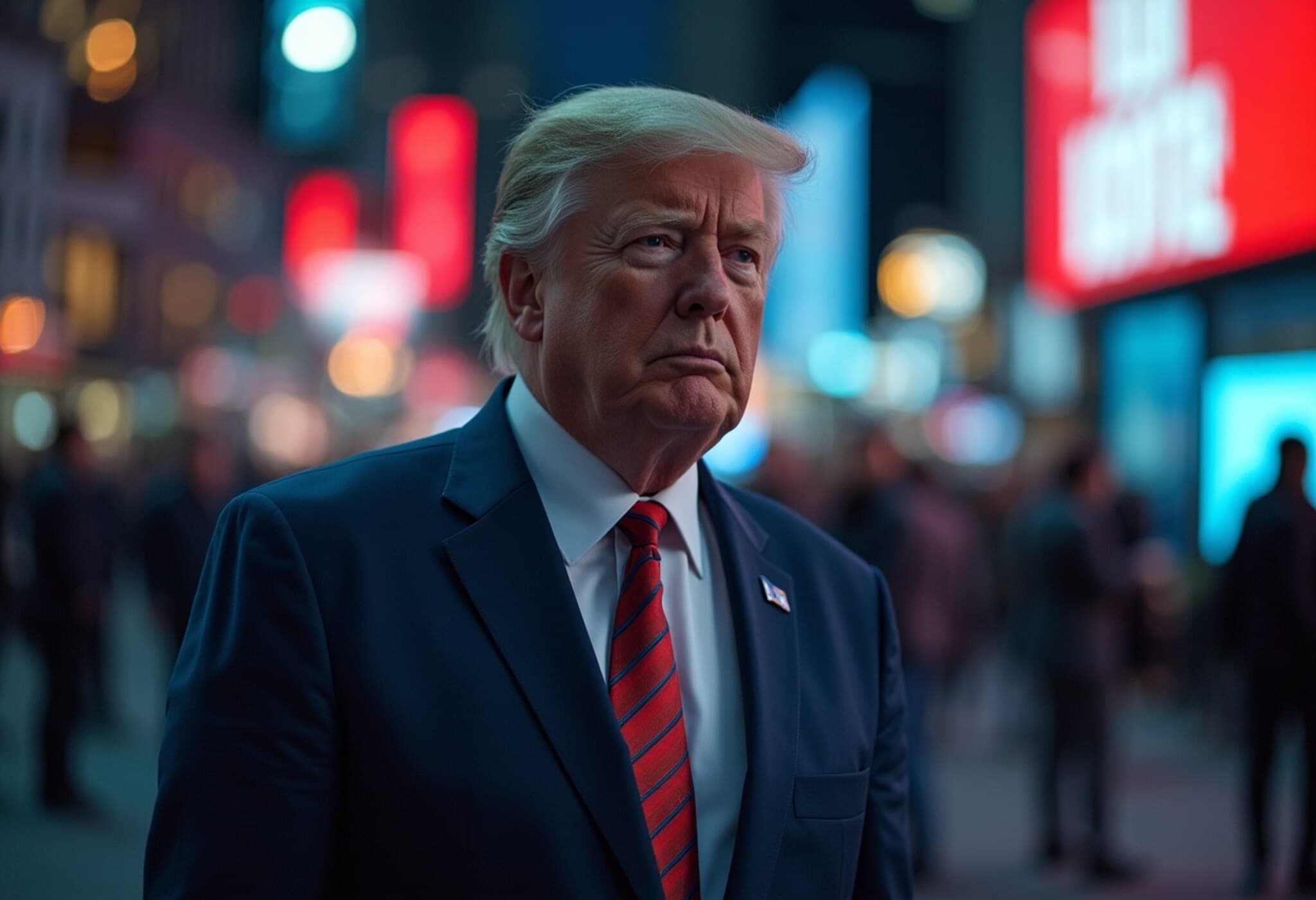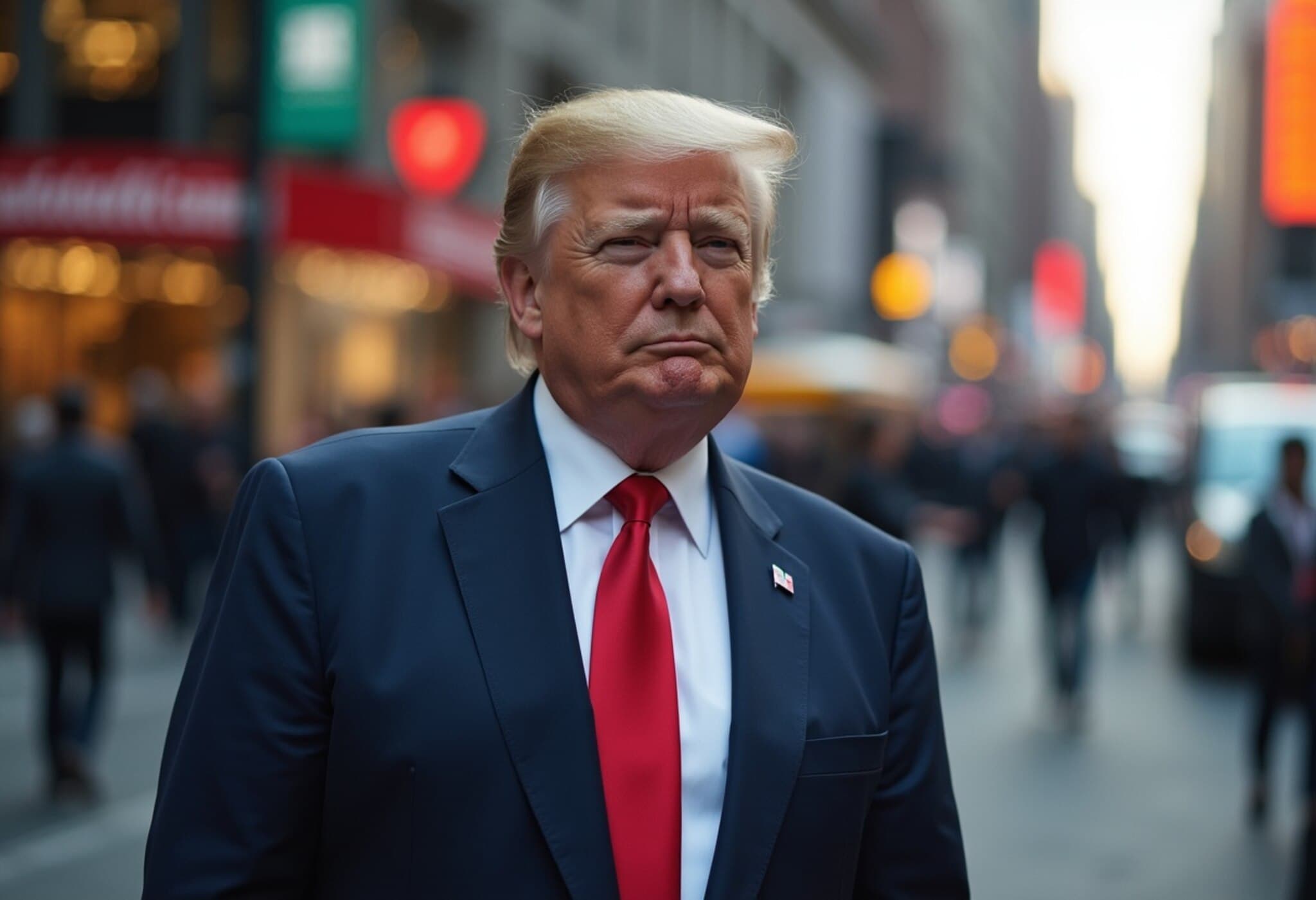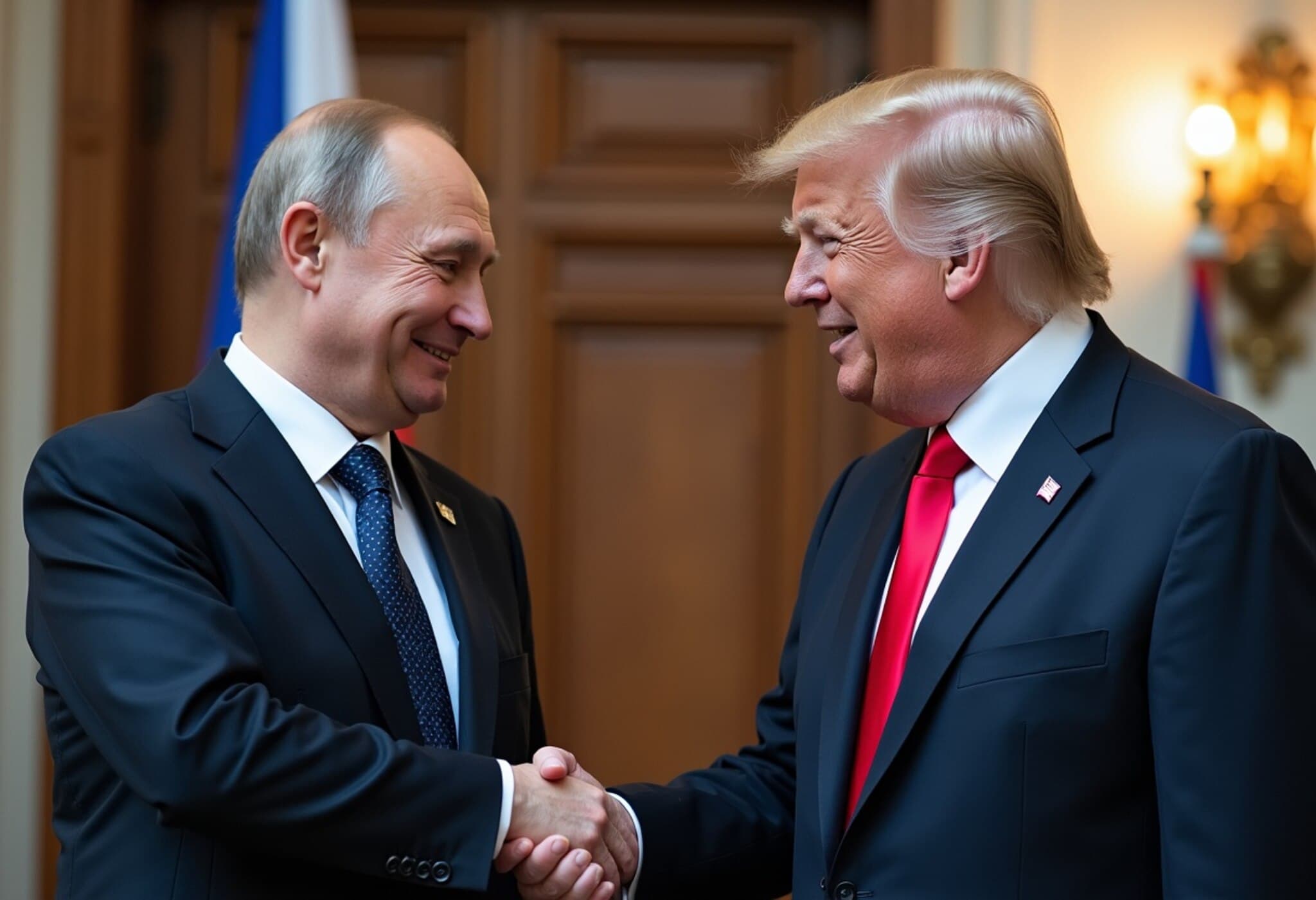Orsted’s Shares Tumble Following $9.4 Billion Rights Issue Announcement
Orsted, the Danish giant and global leader in offshore wind development, saw its shares plunge nearly 27% on Monday after unveiling an unexpected 60 billion Danish kroner ($9.4 billion) rights issue. This financial maneuver comes on the heels of a significant setback in the company’s U.S. operations, underscoring challenges within the American offshore wind sector.
U.S. Market Headwinds Force Strategic Reversal
The catalyst behind Orsted’s dramatic move was the decision to halt the planned sale of a stake in its Sunrise Wind project, located off the coast of New York. The company cited a “material adverse development” in the U.S. market, which obstructed its ability to proceed with a partial divestment that was critical for strengthening its financial footing.
Previously, Orsted had hoped to leverage this divestment to finance and expand its business development programs. Instead, shifting political winds and regulatory restrictions have forced the company’s Board of Directors to rethink its capital strategy.
Political Climate and Regulatory Challenges in the U.S.
The U.S. offshore wind industry is navigating turbulent waters, largely shaped by political and regulatory uncertainties. Notably, President Donald Trump’s administration has taken a harsh stance on wind power, especially since his return to the White House. Earlier this year, Trump signed an order suspending new and renewed leases for both onshore and offshore wind projects—a move that directly impacts project timelines and investment confidence.
Trump has publicly criticized wind turbines as eyesores, stating they “ruin neighborhoods,” which has galvanized opposition to expanding wind energy infrastructure, particularly in politically sensitive states. The current regulatory freeze and an unclear future for project approvals have significantly chilled investor enthusiasm.
Financial Implications for Orsted and Shareholders
With the loss of proceeds from the Sunrise Wind divestment and its associated financing, Orsted now confronts an incremental funding requirement estimated at 40 billion Danish kroner. The planned rights issue offers existing shareholders first refusal on additional shares, a path supported by Denmark’s government, the company’s largest shareholder.
This sizeable capital raise highlights the challenges even leading renewable energy firms face in navigating geopolitical dynamics and financing constraints, especially in the pioneering yet politically fraught U.S. offshore wind market.
Industry Experts Weigh In
Energy policy analysts suggest that Orsted’s predicament exemplifies the broader tension between ambitious green energy targets and political realities. While the U.S. has expressed strong commitments to scaling renewable energy, conflicting federal, state, and local interests—compounded by shifting administrations—create a volatile investment climate.
Legal experts note that the suspension of lease territories disrupts established contract expectations, increasing risks for developers and financiers. This uncertainty could slow the momentum of wind power projects, impacting the U.S.'s ability to meet its climate goals.
Looking Ahead: What This Means for Offshore Wind in the U.S.
Orsted’s experience raises critical questions about the future trajectory of offshore wind development in the U.S.:
- Will the current political climate delay or deter private and public investment in clean energy projects?
- How can policymakers balance community concerns about aesthetics and environmental impacts with the urgency of climate action?
- What mechanisms might be introduced to stabilize the regulatory environment and reassure investors?
As offshore wind expands globally, the U.S. market’s hurdles serve as a cautionary tale of how political and regulatory instability can undermine even the most promising green technologies.
Editor’s Note
Orsted’s significant rights issue, precipitated by unforeseen challenges in the U.S., highlights a pivotal moment not only for the company but for the broader renewable energy sector. It underscores the complexities of navigating an evolving policy landscape where political shifts can swiftly impact major infrastructure projects. Investors, policymakers, and industry leaders alike must watch closely how these dynamics unfold, as they will shape the sustainability and viability of clean energy investments in one of the world’s largest potential markets.
This article will be updated as new information becomes available.

